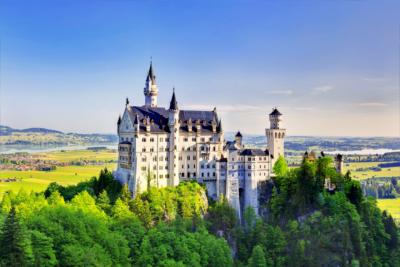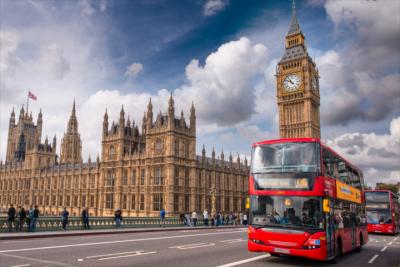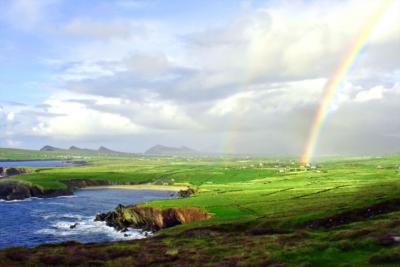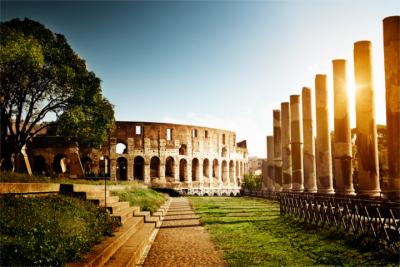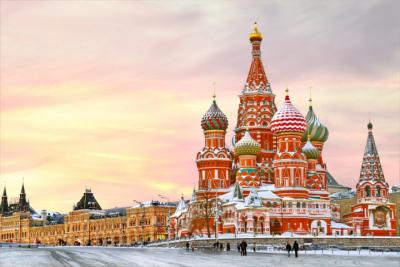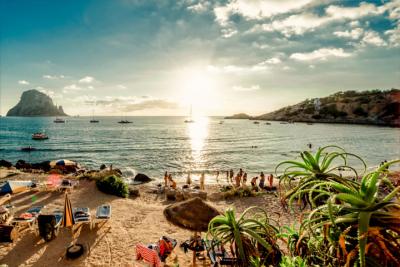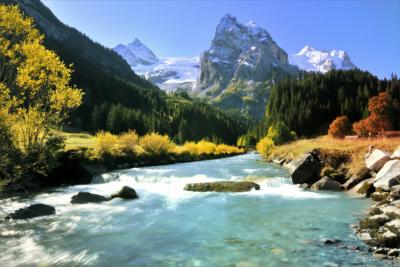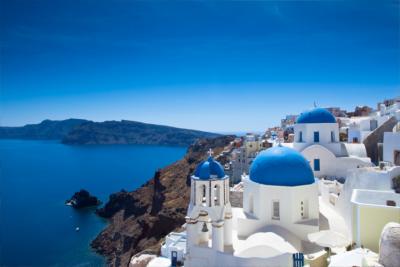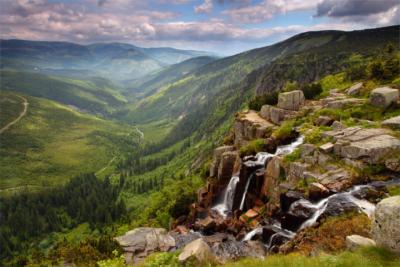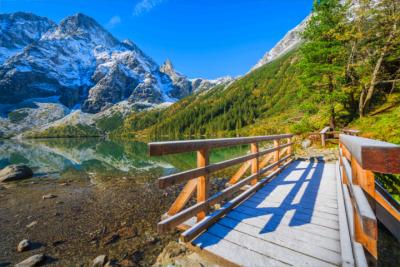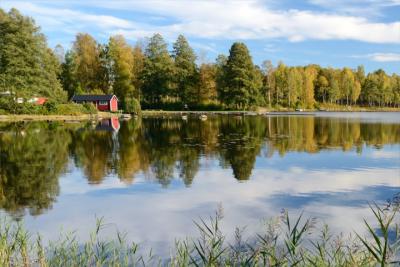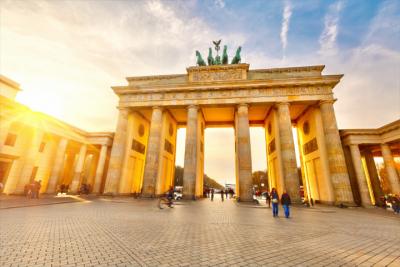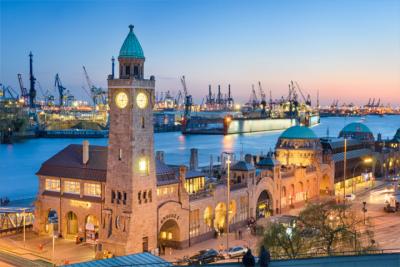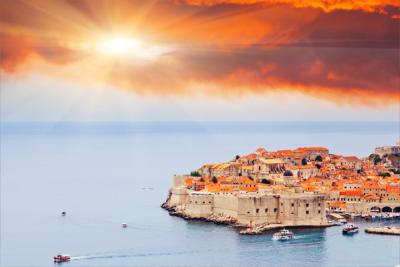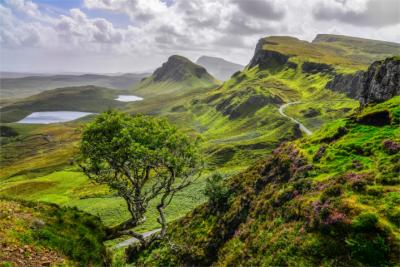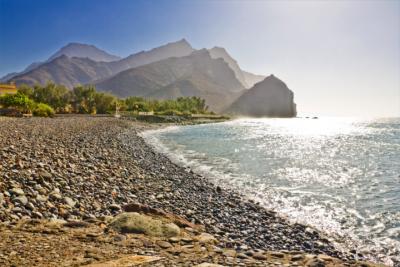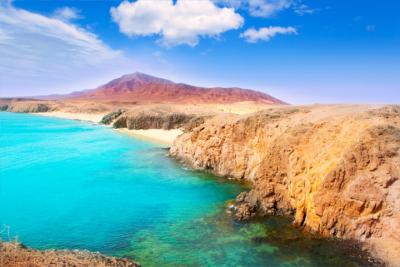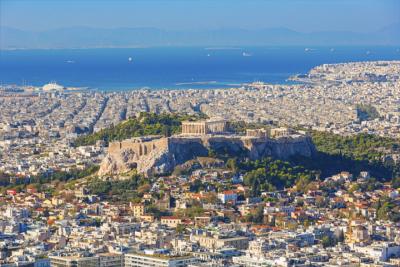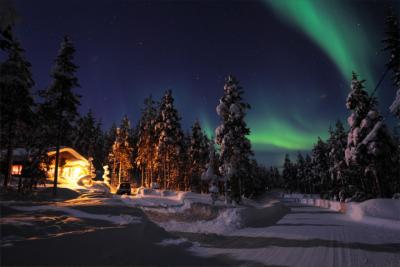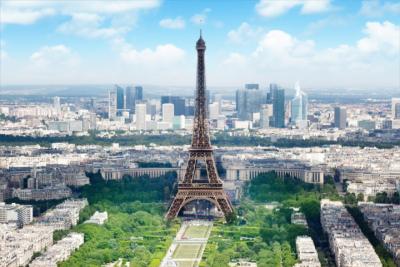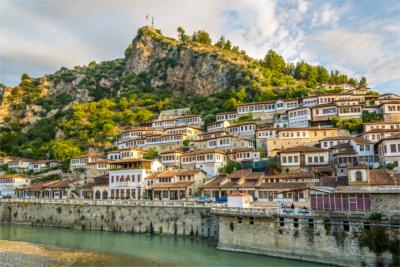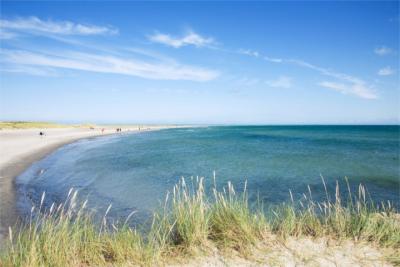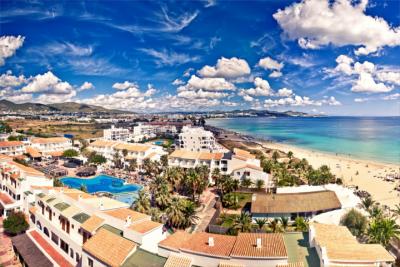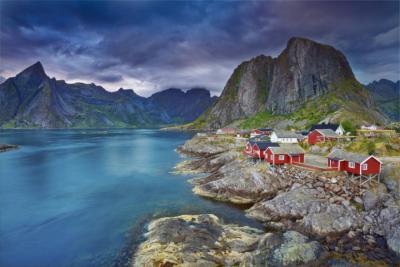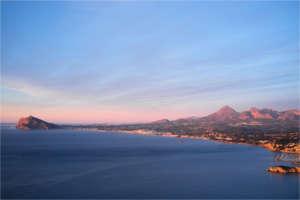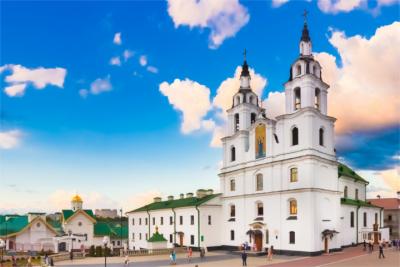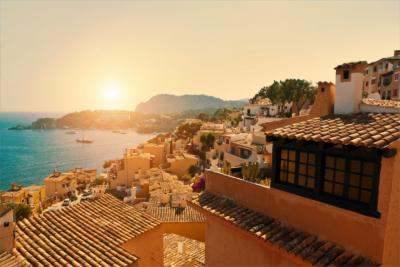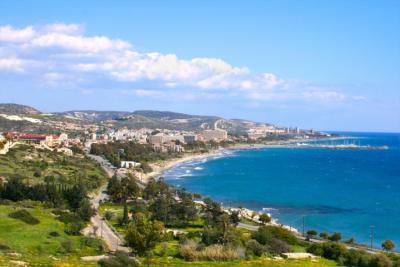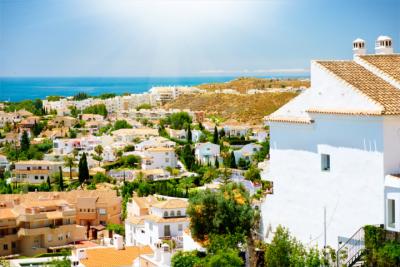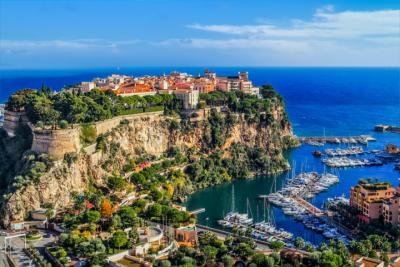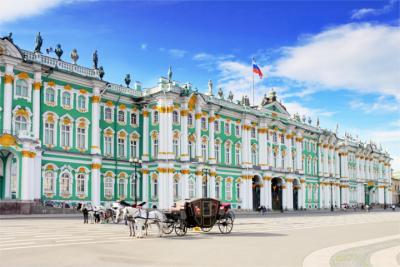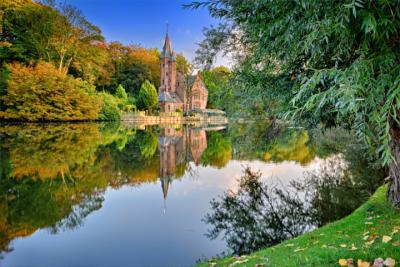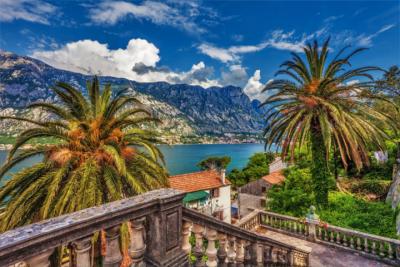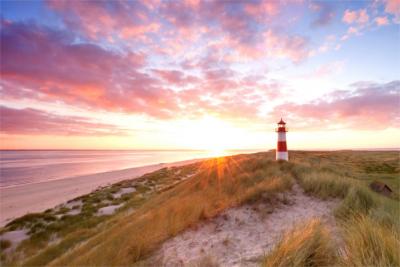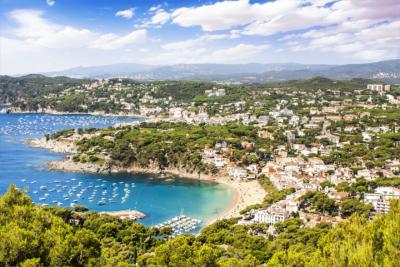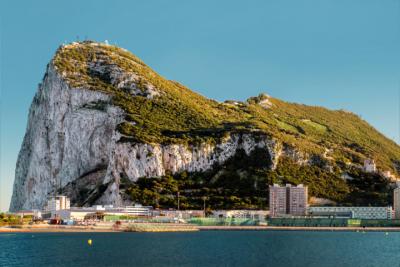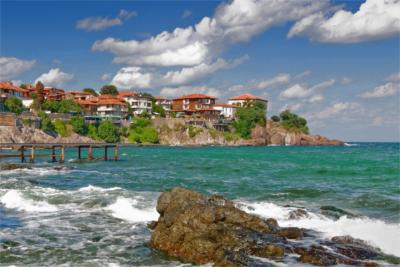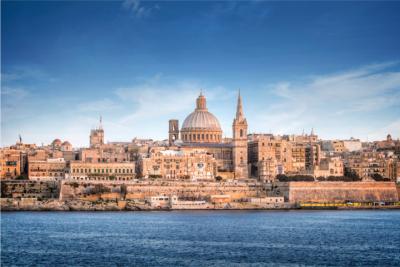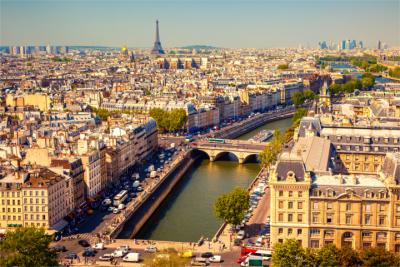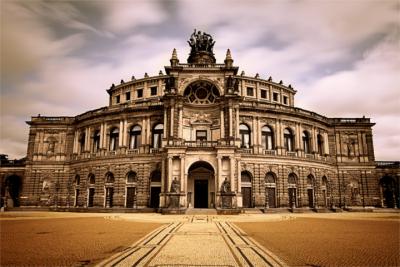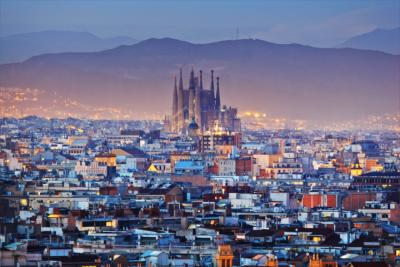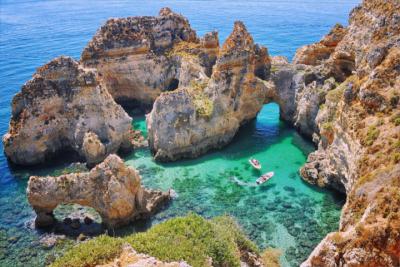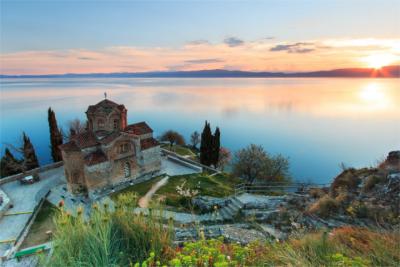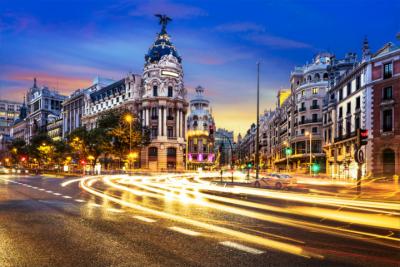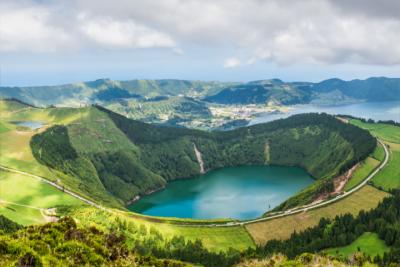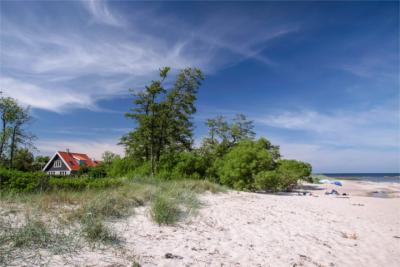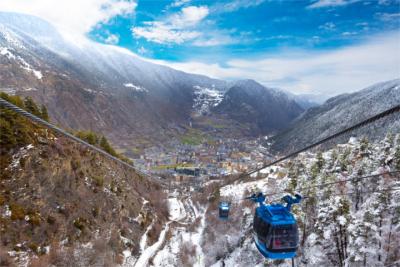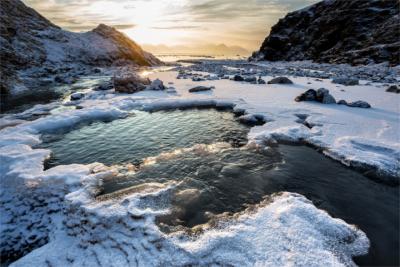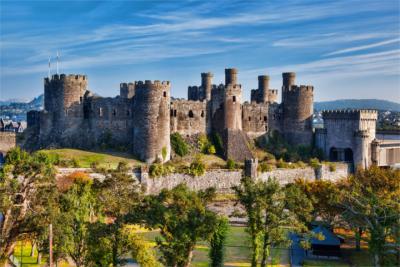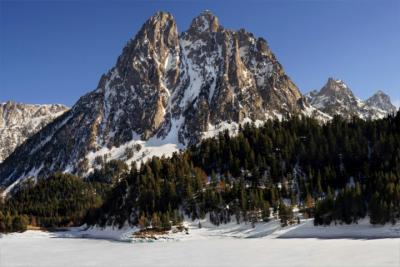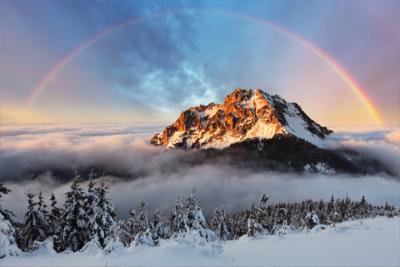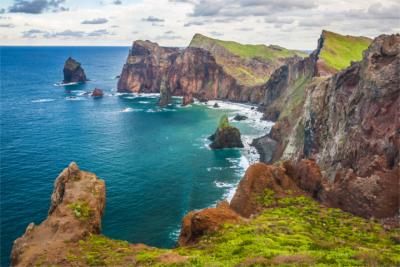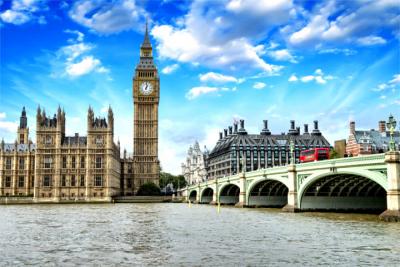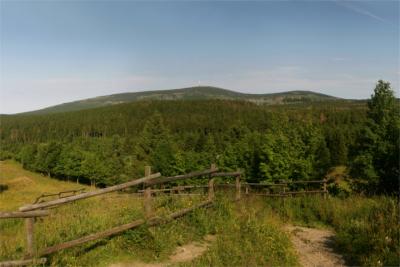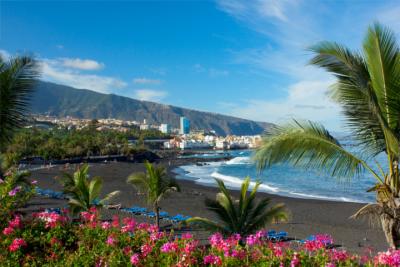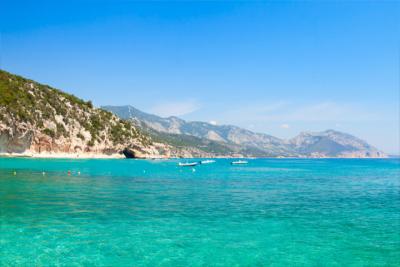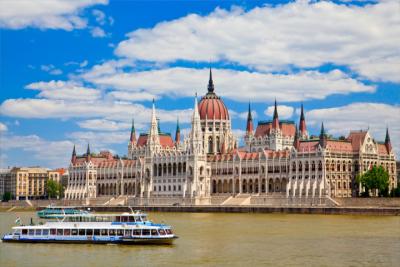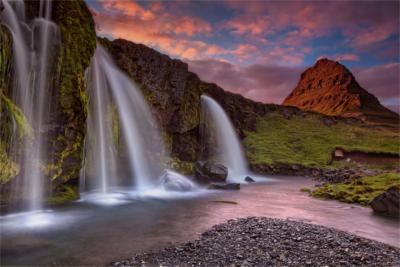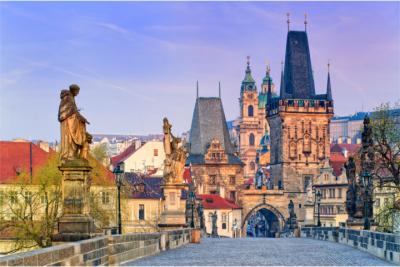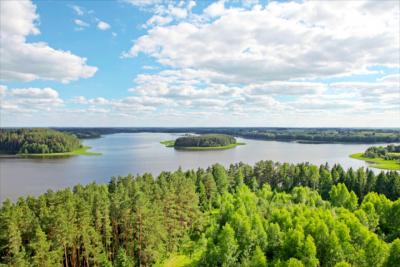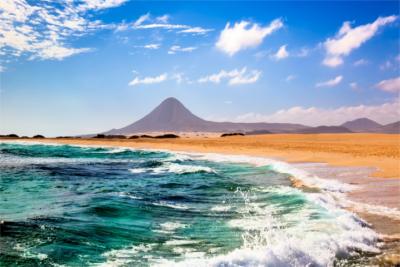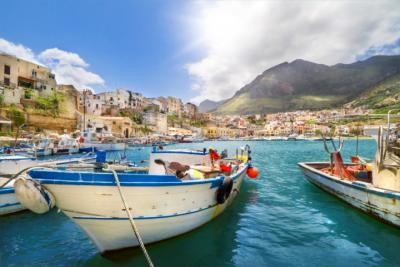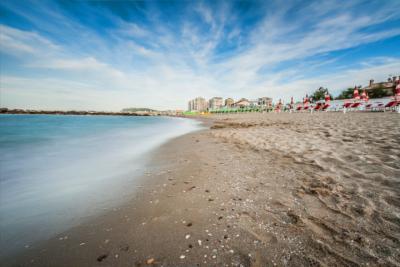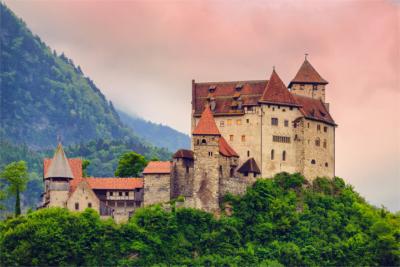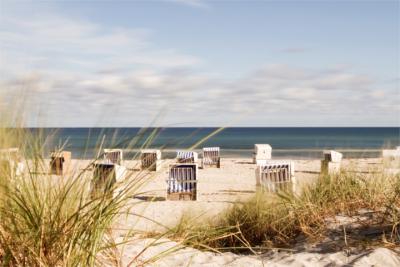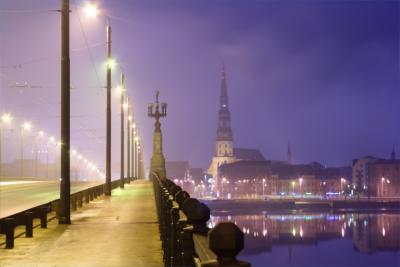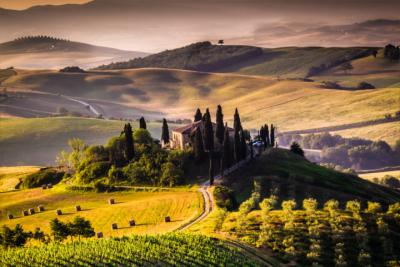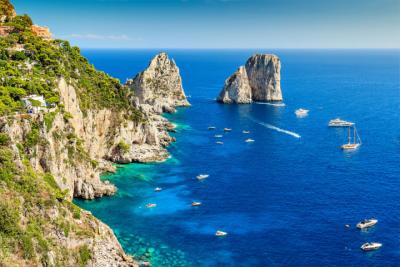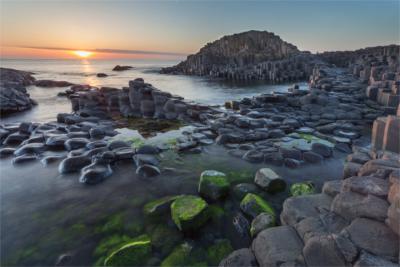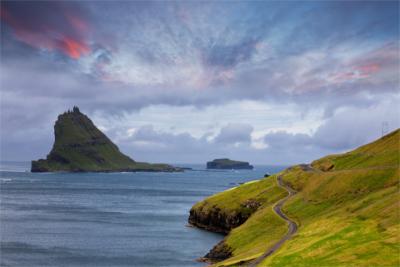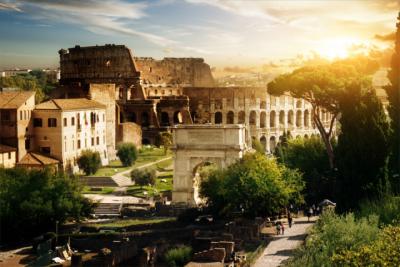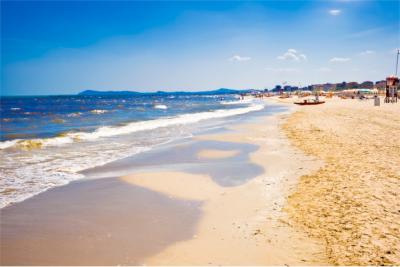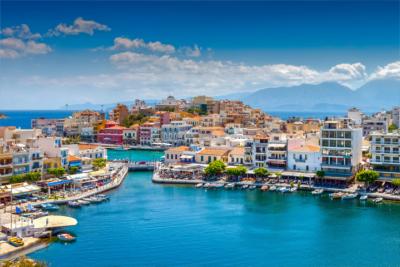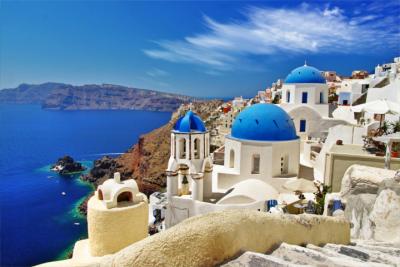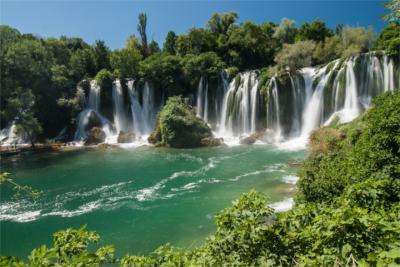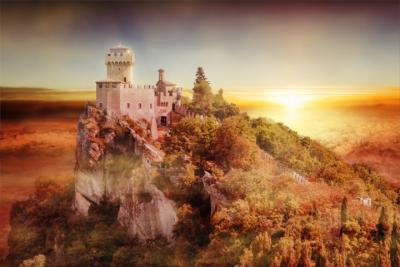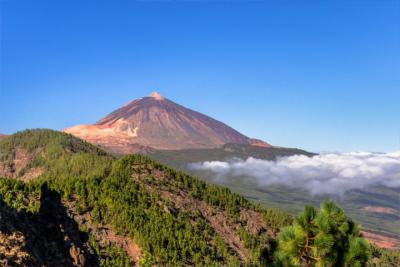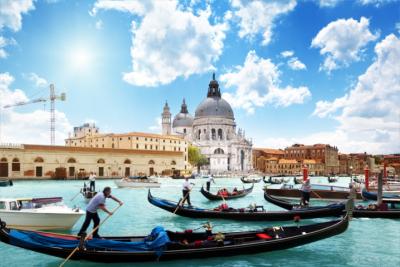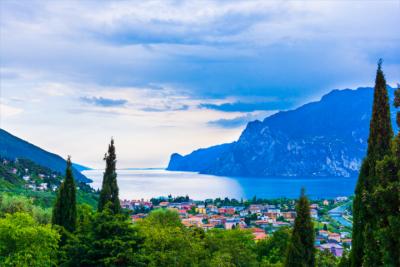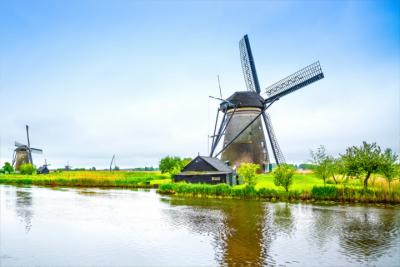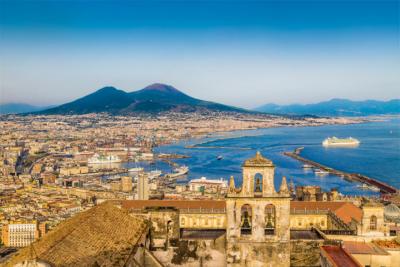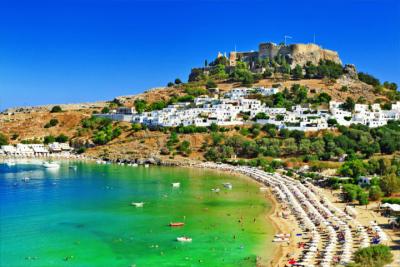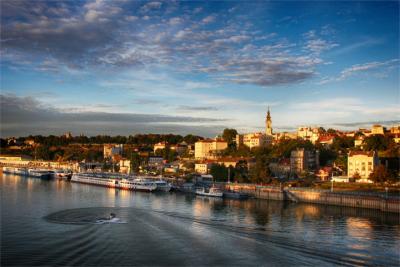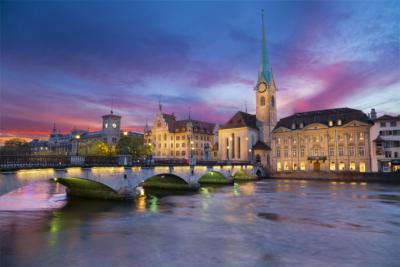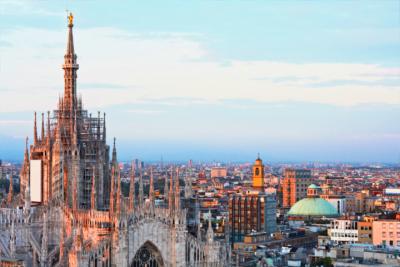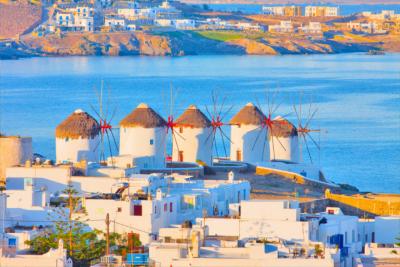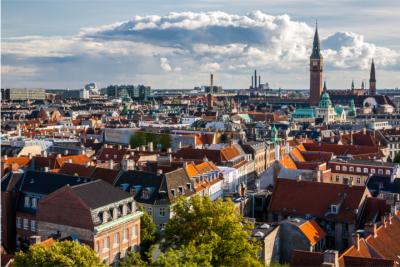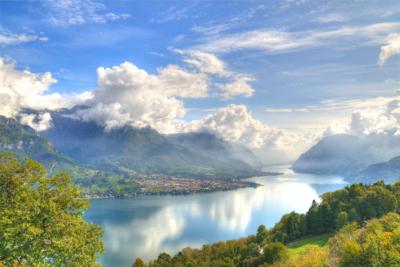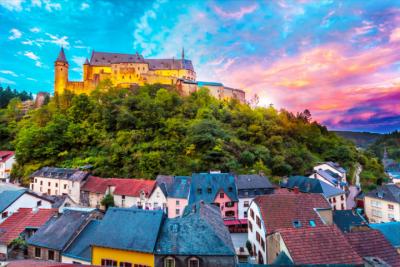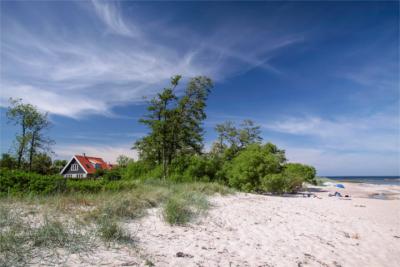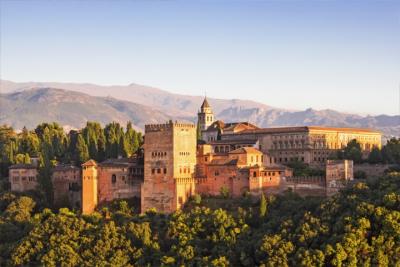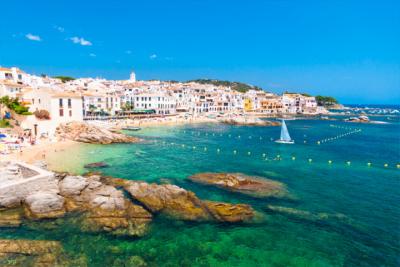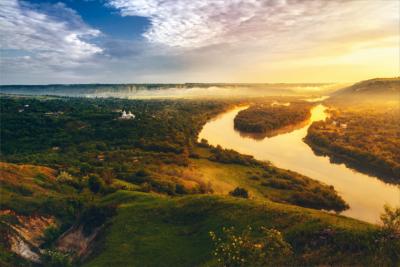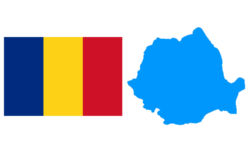Travel Offers
Travelmyne Featureprint
Distance
Romania - The Mystery of Transylvania
Eerily-beautiful castles, the lush Danube Delta and the Black Sea - Romania offers an abundance of varied landforms. The traditions in Transylvania meet the spirit of the time in Bucharest and create a unique mix which you find in no other Eastern European country.

Geography - The Carpathian country at the Black Sea
The Carpathian country of Romania lies at the Black Sea between Central and Eastern Europe. It borders on Bulgaria, Serbia, Hungary, Ukraine and Moldova and is divided into 41 counties. The country's historical regions are much more famous. Banat, Wallachia, Moldavia and Transylvania are popular tourist centres and constitute the country's face and character. Romania is dominated by temperate continental climate. It is warm in midsummer and up to 40 °C hot in the lowland. The winters, on the other hand, are cold and there is a lot of snow in all parts of the country, especially in the mountainous regions.

Nature - Mountains, gorges and the sea
Romania is characterised by vast, untouched landscapes. About two thirds of the country consist of smooth hilly steppes and the Southern Carpathians, which are 250 kilometres long. The mighty Carpathian Mountains are one of Romania's most important landmarks. However, the country offers much more than just mountains. Exciting gorges such as Bicaz Canyon and the mysterious Red Lake fascinate visitors. Wonderful riparian zones with natural marshy landscapes and the mud volcanoes in the nature reserves, which pile up to form high cones and pump up hot gas from the interior of the Earth, are popular natural sights. In addition, about 40 percent of the country's area are forested. Spruces, birches and oaks are the most common trees. The unspoiled forests are home to wolves and bears. The 225 kilometres of coast along the Black Sea are of particular interest to holidaymakers. Many beautiful beach sections such as Magnolia, Saturn and Venus are well-frequented in summer.
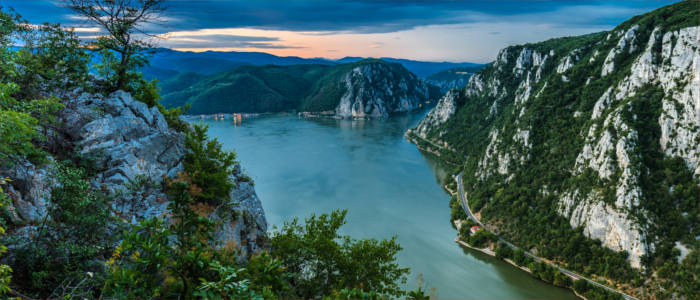
Natural sights - Ice caves and rock sculptures
The Danube Delta at the Black Sea is considered one of the most beautiful natural parks on earth. It is Europe's second biggest river delta and can be explored on a route of over 1,000 kilometres of length on a river cruise in Romania. Another highlight is the legendary Scărișoara Cave in Transylvania. The gigantic ice cave is located in a glacier below the Bihor Mountains and is about 3,000 years old. Giant icicles reach impressive heights here. If you want to go inside, you should wear sturdy shoes. Although the path is covered with wooden boards, it can be very slippery. If you like idyllic landscapes, you should visit Wallachia. The fertile lowland and smooth hills are referred to as the "land of the Romanians". Wallachia also accommodates the rock sculpture of the Dacian king Decebalus, which is 40 metres high and located near Orșova. Twelve sculptors worked on this sculpture in the middle of a rock in the Iron Gates Natural Park for ten years.

Culture - The country of the Romanians
The country's chequered history and the influences of many nations are still apparent from the present-day territory of Romania. It is assumed that the Romans laid the foundation for the Romanian language. You find the remains of a Roman settlement in Sarmizegetusa Regia and the Greeks, Goths, Austrians and Russians left traces as well. The most prominent sights, however, are the many German buildings, churches and villages. Many places are still known by their German name. The Transylvanian Saxons and the Banat Swabians are deeply rooted in the country's consciousness. Nowadays only 0.3 percent of Romania's population are Germans, about seven percent are Hungarians and over 90 percent are native Romanians. The people are known for their friendliness and cordiality. Family ties and the fondness of children rate high in Romania.

Cultural sights - Dracula's castle
The capital of Bucharest is full of attractive sights. Examples are the Palace of the Parliament, Piața Unirii ("Union Square") and the Triumphal Arch. Other worthwhile cities are Sibiu and the colourful facades of Sighișoara. One of the most beautiful castles is located in the Carpathians near Sinaia. Peleș Castle lies in the middle of a green landscapes and has enchanted many visitors. Romania's most famous castle is without doubt Bran Castle. Outside of the country, it is known as Dracula's castle. This fictional character traces back to Vlad III, Prince if Wallachia, also known as "Vlad the Impaler" because he executed his enemies is a particularly violent way by impaling them. The castle in Transylvania became world-famous through Bram Stoker's horror novel. There are about 150 fortress churches, several of which are part of the UNESCO World Cultural Heritage. The Churches of Moldavia and the Wooden Churches of Maramureș are worth seeing as well.

Experience - Feasts, relaxing and going out
The national dish mămăligă is a substantial maize porridge, which is served at any time of the day and in countless different versions. Maize generally plays a major role in the Romanian cuisine. A typical lunch consists of a soup as a starter, for example ciorbă with meat and vegetables, a main dish such as the cabbage role sarma and a delicious dessert. Papanasi (stuffed dumplings) are particularly popular with visitors of all ages. The Romanians usually have strong Romanian red wine with their meal. The drink has been produced in the region for 6,000 years and goes incredibly well with hearty home cooking. Besides the food, Romania is known for its spas and healing baths. A particularly beautiful resort is Eforie at the Black Sea, which promises relaxation and recreation. Fully recovered, travellers can head off to the great shopping centres in the cities and the traditional farmers' markets. Handmade jewellery, woodwork and smaller carpets are among the most popular souvenirs. The evening is the time for night owls and party-goers. You find numerous night clubs, bars, discos and pubs in the capital of Bucharest.

Activities - Beach, mountains and hiking trails
Romania calls several magical bathing resorts at the Black Sea coast its own. Neptun and Olimp are particularly popular destinations and Mamaia Beach in Constanta is also highly frequented. Holidaymakers can go water skiing, surfing, sailing and go on pedalo trips here in summer. Although there are no professional diving centres yet, advanced divers can discover bizarre parts of wrecks and lively sea horses in the surf of the Black Sea. You can get to know the country's lakes and the Danube Delta by boat or canoe. The Carpathians are equipped with excellent hiking trails and holidaymakers also enjoy caving in Transylvania. Mountaineers get their money's worth in Buşteni and in winter, Brașov, Sibiu and Sinaia transform into magical ski resorts with wild pistes and long cross-country trails. Horseback riding has a long tradition in Transylvania. Travellers can pursue this hobby at riding stables and explore the countryside on the back of a horse.

Information
Travellers can reach Romania by plane or by land. An original way of arriving is as part of a river cruise on the Danube. This way, you receive an authentic impression of the country and its inhabitants. If you are planning luxury or spa holidays, you should visit spa resorts like Olimp, which have specialised in this type of holiday.
Romania is a place full of magic and adventure. Mysterious landscapes, eerie castles and wild mountains make the country appealing for visitors of all ages. In addition, the cordial inhabitants give Romania a very pleasant atmosphere.

